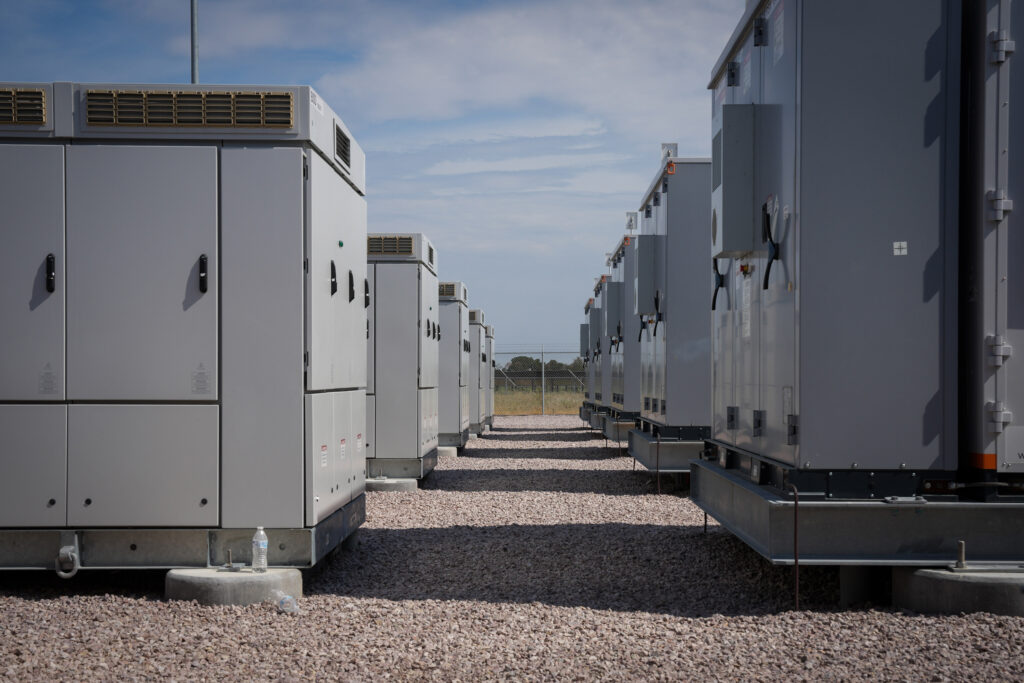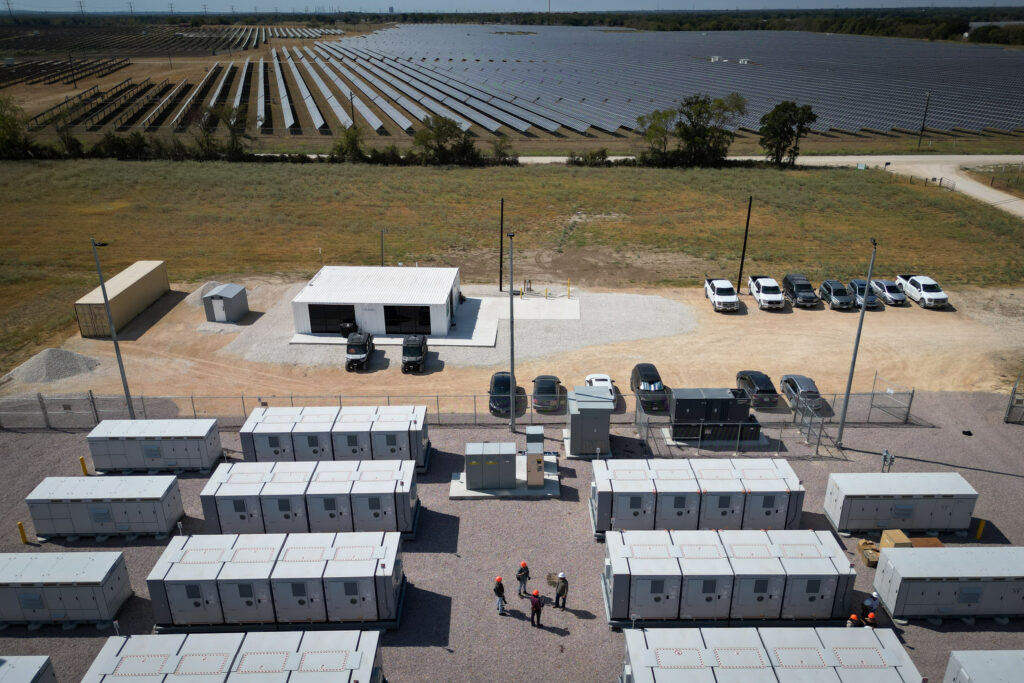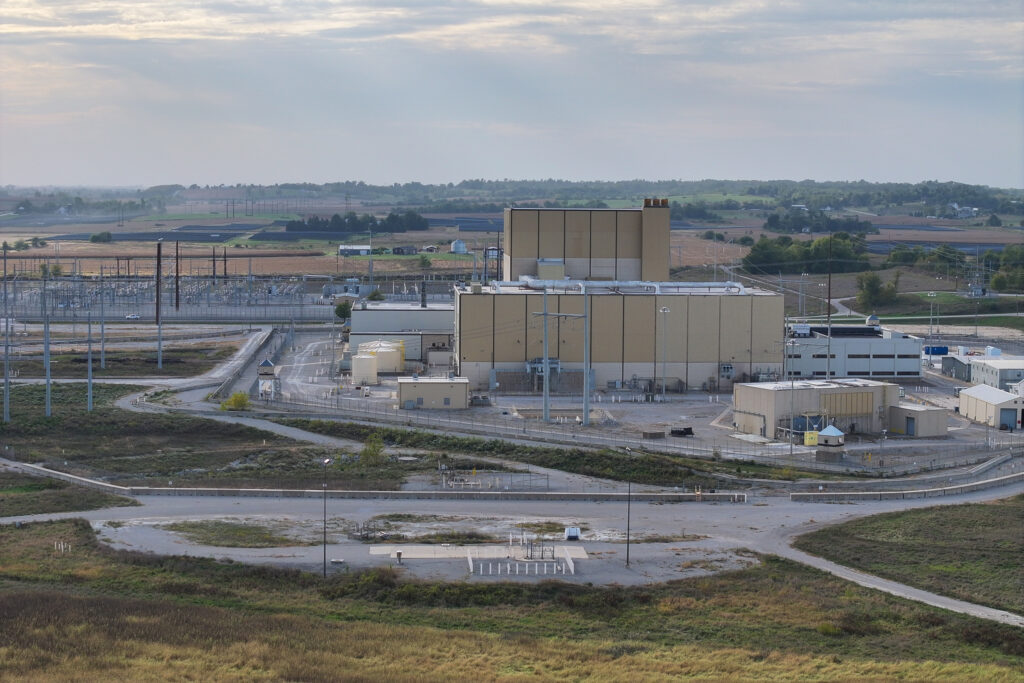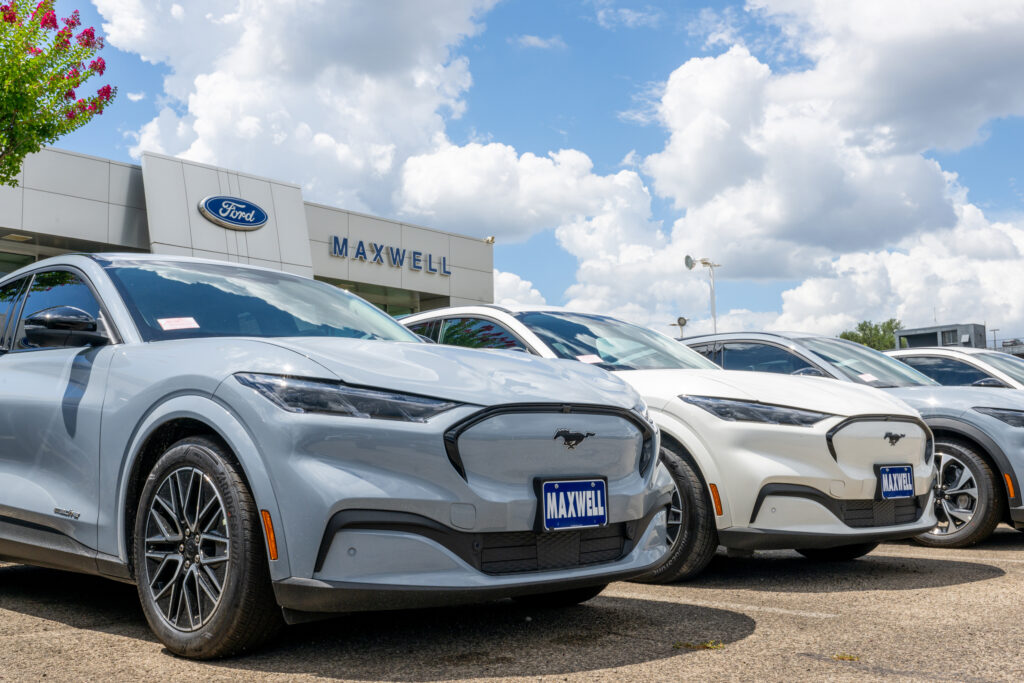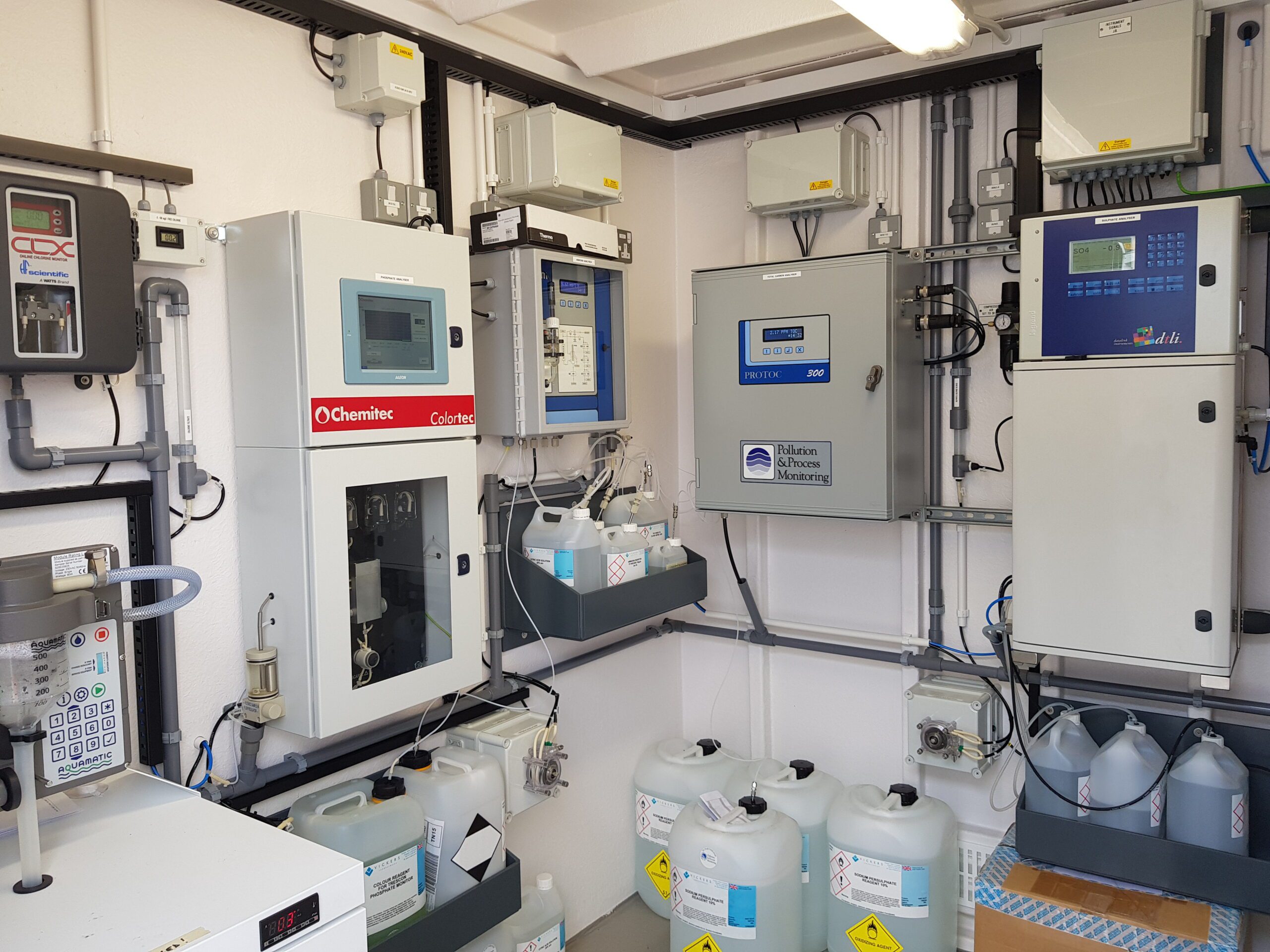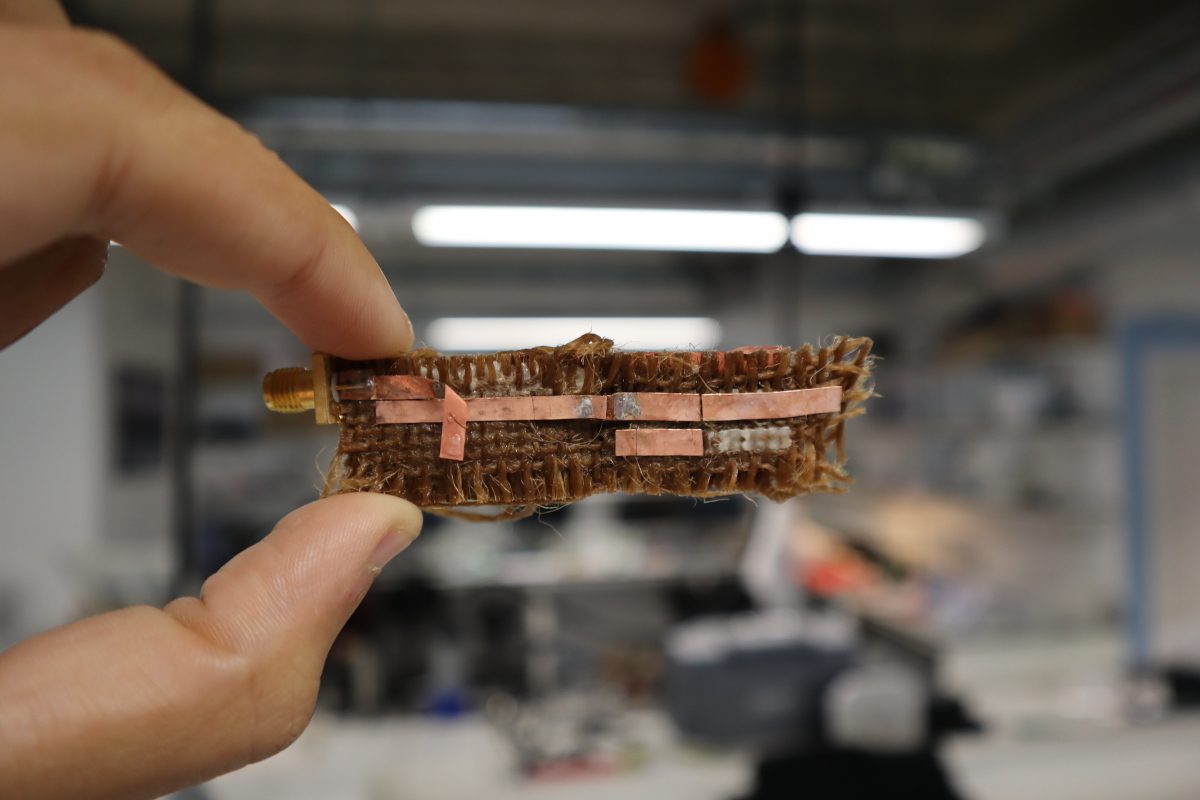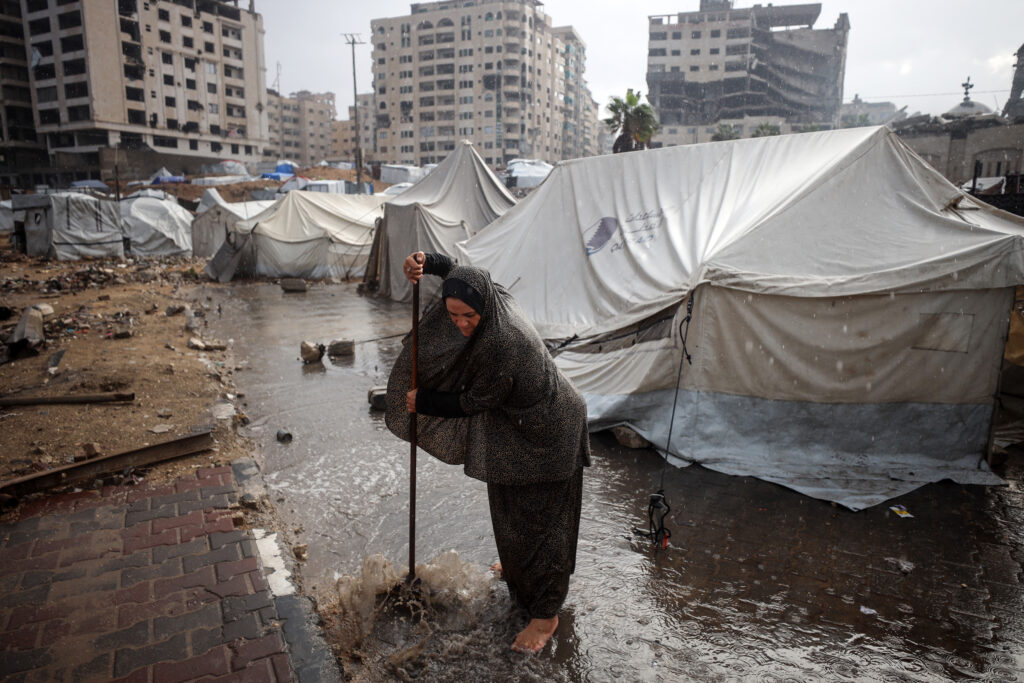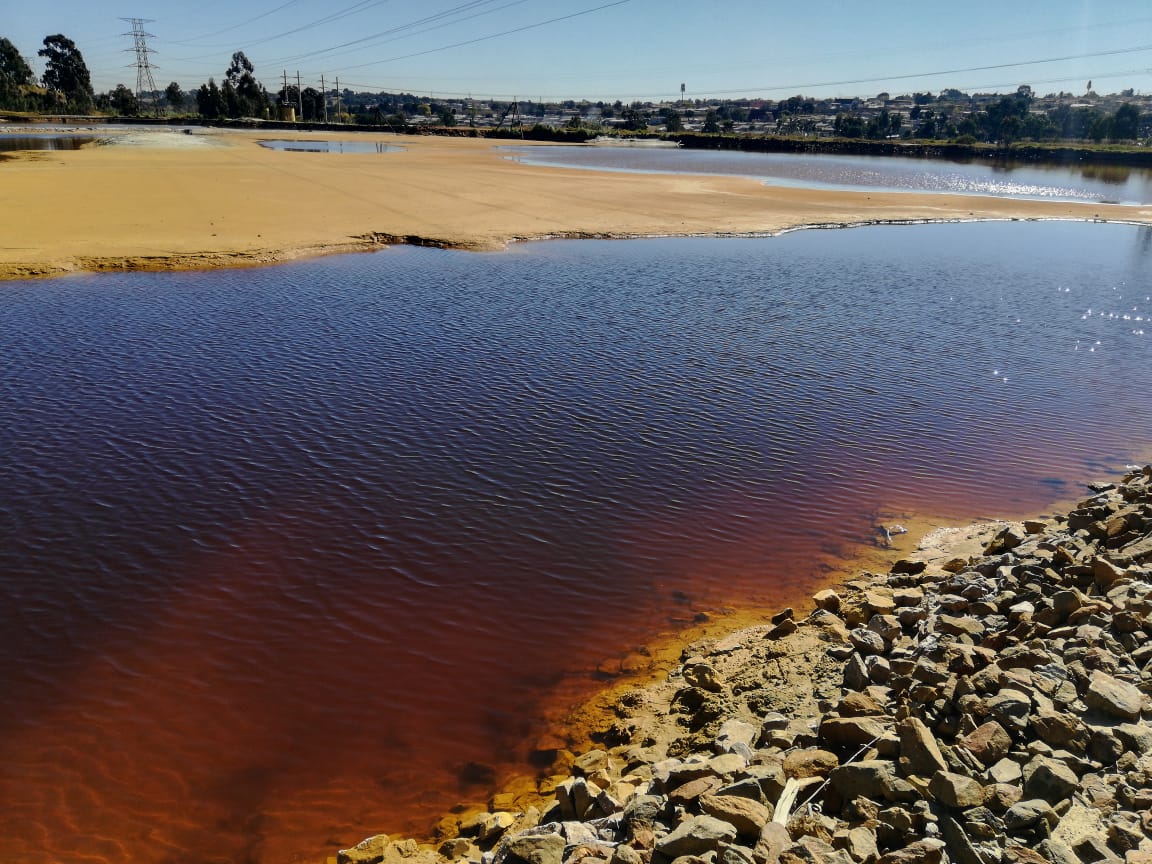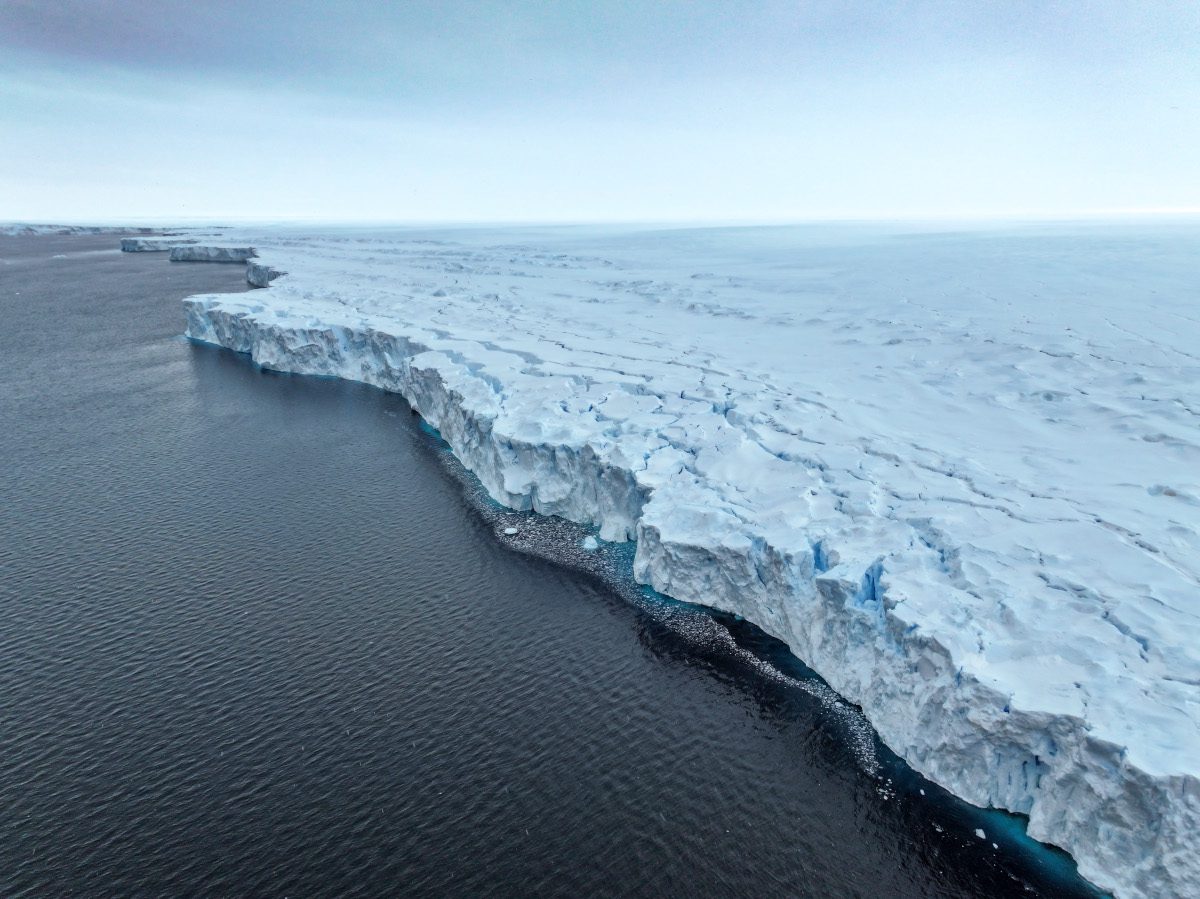A lawsuit that has paused the completion of a power line in the Upper Midwest is part of a long-running conflict that has exposed differences within the environmental and clean energy advocacy communities.
Developers of the $649 million Cardinal-Hickory Creek transmission line have built about 100 of the project’s 102 miles, but they stopped work following a March 22 injunction by a U.S. district court judge in Wisconsin.
The action is part of a case brought by three environmental groups who say the final miles of the project will harm a sensitive portion of the Upper Mississippi River National Wildlife and Fish Refuge along the Iowa-Wisconsin border. Clean energy advocates and the developers say this is a senseless delay at a time when a lack of transmission capacity is slowing the country’s deployment of wind and solar power.
Each side accuses the other of wasting money and time that would better be spent addressing other environmental and clean energy issues.
We’re hiring!
Please take a look at the new openings in our newsroom.
See jobs
Howard Learner is helping to lead the fight against the power line. He is the founder and executive director of the Environmental Law & Policy Center of Chicago, a nonprofit that operates throughout the Midwest, and he is working pro bono as the lawyer for the plaintiffs: Driftless Area Land Conservancy, the National Wildlife Refuge Association and the Wisconsin Wildlife Federation.
“This is about smart siting,” said Learner. “We can develop the transmission grid in our country without making national wildlife refuges and national parks sacrifice zones.”
On the other side are the project’s developers, which include ITC, a company that builds and operates transmission lines, and Dairyland Power Cooperative, a utility. They have the support of environmental and clean energy organizations including Clean Grid Alliance, the Iowa Environmental Council, Minnesota Center for Environmental Advocacy and Renew Wisconsin.
“This latest lawsuit, which is misguided at best, only serves to delay completion of this important energy infrastructure and further increase costs to customers,” said ITC Midwest President Dusky Terry in a statement.
On Friday, ITC and Dairyland filed an appeal of the injunction with the U.S. Court of Appeals for the Seventh Circuit. It’s not clear how this action may affect the timely resolution of the dispute.
The refuge, designated by the federal government in 1924, is a habitat for fish and wildlife and hosts millions of migratory birds every year.
Emotions are high on both sides, partly because some of the participants are frustrated that they are fighting people and organizations who have been allies in the past. For example, Learner was once on the board of directors of Clean Grid Alliance, the Minnesota-based advocacy group.
Learner said the project’s supporters are exaggerating the clean energy benefits of the power line. He notes that the line will be open to all sources of electricity, and will be transporting power generated from fossil fuels along with power from wind and solar.
Beth Soholt, executive director of Clean Grid Alliance, said Learner’s argument is a willful distortion of the facts.
“I will be very blunt,” she said. “That’s bullshit.”
She explained that the region’s existing coal and natural gas power plants already have adequate transmission line capacity. While it’s true that any power source will be able to use the new line, the increase in the overall capacity of lines for the region will largely benefit clean energy projects.
“We’ve got this huge backlog happening, where projects can’t deliver their full output to the grid or they’re deciding not to interconnect yet,” she said.
She counts 161 clean energy projects in various stages of development that need the new transmission line to be available.
Supporters of Cardinal-Hickory Creek suggest that the tenacity of Learner’s advocacy is due, at least in part, to the fact that he has long had a summer home near the line’s route.
Learner replied that this charge is “complete and utter bullshit.” His house is near Spring Green, Wisconsin, about 20 miles north of a portion of the line that is already built.
“Nobody who knows anything about the area, who isn’t interested in just slinging mud, would remotely say that the transmission line is near where I live,” he said.
The Final Two Miles
The project has been completed on the Wisconsin side and part of the Iowa side, leaving just the river crossing and about 1 mile through the Iowa side of the refuge.
Right now, there are two smaller transmission lines in the refuge that cross the river near the location planned for the new line. The construction of the new line would be followed by the removal of one of the existing lines and a reroute of the other so that it would cross the river at the same place as the new line.

The outcome, according to supporters of the line, is a reduction in the footprint of transmission lines in the refuge. But this is unconvincing to the opponents, who point out the new line is larger and will carry more power than either of the existing ones, which they say will lead to an increase in negative effects on the refuge.
Outside observers may wonder why the developers don’t just put the line underground. The answer, according to the companies, is that burying the line would be much more expensive and lead to a construction process that is much more disruptive to the local ecosystem.
The project is part of what has been one of the country’s most successful regional planning efforts by grid managers, and one of 17 transmission lines prioritized in 2011 by Midwest Independent System Operator, or MISO, as part of its Multi-Value Projects initiative.
As of today, Cardinal-Hickory Creek is the only one of the 17 that hasn’t been completed.
The conflict over the line is unusual in its intensity, but the underlying issues are familiar from many cases of energy companies proposing big projects.
“There’s a lot of contradiction, obviously, caught up in here with environmental groups trying to address certain problems, while other environmental groups are working on other problems,” said Dustin Mulvaney, a San Jose State University professor who writes about political ecology, the study of how society interacts with nature.
The legal and regulatory process, as frustrating as it can be, is the only formal way for interested parties to express concerns about the effects of a project, he said.
He is wary of the way these debates get framed as a simple choice between the build-out of transmission lines and conservation, which he views as a false choice.
The reality, he said, is that both sides would probably agree that they want to see an expansion of the transmission system and conservation of a wildlife refuge, and the process helps to sort out how to balance those priorities.
A Lack of Consensus
The main issue in the court case is whether the line’s developers can proceed with a land swap with federal authorities that would allow for the completion of the project. The land exchange would give the developers 20 acres in the wildlife refuge, which they would trade for 36 acres near the refuge.
“We should not set a precedent that a simple land swap is all it takes to plow through a national treasure,” said Jennifer Filipiak, Driftless Area Land Conservancy’s executive director, in a statement.
U.S. District Court Judge William Conley issued an order that requires developers to pause their plans to complete the land transfer and to cease any work in the refuge.
The line’s opponents have argued that the federal government’s approval of the land swap violates the National Environmental Protection Act and other federal environmental laws. The U.S. Fish and Wildlife Service declined to comment.
The judge’s order allows for time to sort out the legal issues without the threat that the developers will continue construction while the lawsuit remains active. There is no timetable for when this may be resolved, especially now that ITC and Dairyland have filed an appeal.
The specifics of the current case are just one chapter in a conflict that goes back about a decade when opposition to the line began to coalesce with environmental advocates and local governments in the project’s path.
Developers have obtained approvals from the Public Service Commission of Wisconsin, the Iowa Utilities Board and MISO. But it hasn’t been a smooth ride, with legal and procedural challenges at just about every step.
The opponents have a range of views, from not wanting the line at all to wanting the line to have a route that does not pass through the refuge.
This story is funded by readers like you.
Our nonprofit newsroom provides award-winning climate coverage free of charge and advertising. We rely on donations from readers like you to keep going. Please donate now to support our work.
Donate Now
Kerri Johannsen, energy program director for the Iowa Environmental Council, said the project is unusual for the persistence of the legal challenges.
Her group supports the completion of the line through the route that would be available with the land swap, which is the plan being challenged in court. She said the developers looked at a variety of alternatives and engaged with environmental groups about the options, including giving tours of several routes through the refuge. She is confident that the current plan is the one that would be least harmful.
“Because we had that good process, we felt really comfortable with this particular river crossing and we know we need the line to be able to move clean energy across the Midwest,” Johannsen said.
But the dockets in the various regulatory cases involving the project show a lack of consensus.
In a Wisconsin docket, the Citizens Utility Board of Wisconsin has raised concerns that the project may not provide enough benefits to justify its cost. The costs have risen significantly, from an estimate of $492 million in 2019 to the current estimate of $649 million, and utility ratepayers will end up paying through charges on their monthly bills.
The idea that rising costs are a reason to oppose the line is especially aggravating to the project’s supporters because the high costs of litigation have contributed to the price hike.




